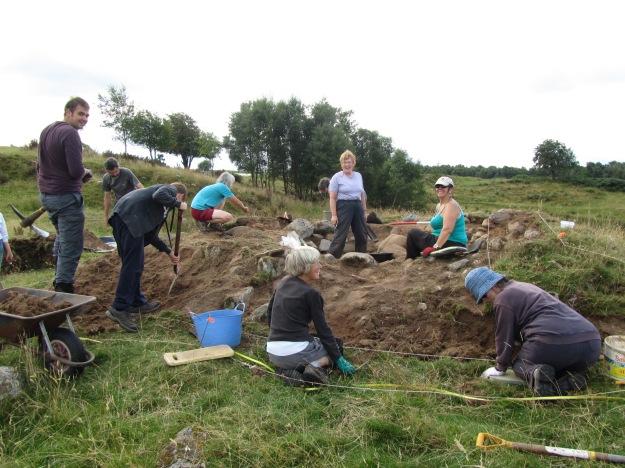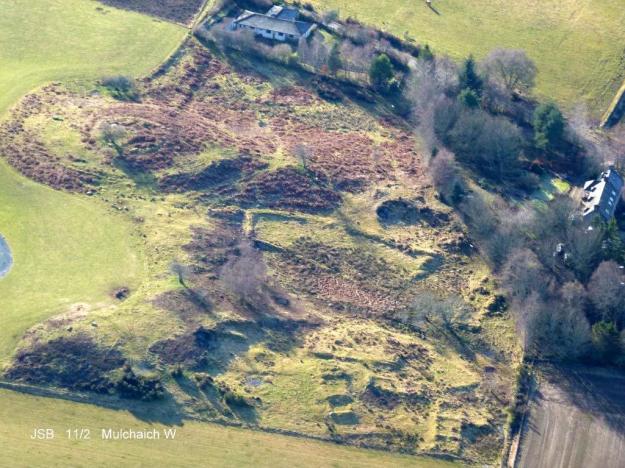By Gordon Sleight

Over the last twenty years I have thoroughly enjoyed tramping around Assynt, sometimes on my own and sometimes with groups of friends. That sense of enjoyment is often enhanced by surprises. It might be disturbing a mountain hare and seeing it race away at speed or watching an overhead confrontation between golden and white-tailed eagles, but those events have been rare. More frequently the surprises have been coming across all sorts of unrecorded archaeological sites. A classic example happened about 10 years ago when a small group of NOSAS and Historic Assynt members set out to look for rock art in Assynt and after several days of searching, completely failed to find so much as a single cup mark! But the effort was rewarded with several surprises – an iron working site, a roundhouse, a chambered cairn and at least one smaller cairn with signs of a cist in the centre, none of which had been recorded.
Assynt has a relatively dense cluster of cairns concentrated in and around the valley that links Ledmore Junction and Inchnadamph. Many of them were recorded long ago and described in detail in Henshall (1963, 1972) and Henshall and Ritchie (1995). However, in recent years finding ‘new’ cairns in the same area has become almost normal, but no less exciting! Overall numbers have now almost doubled to at least 30 chambered cairns and 14 smaller round cairns. The Assynt cluster is now one of the largest concentrations known anywhere in Scotland and the numbers continue to increase. The best preserved are now all scheduled and the scheduling highlights the fact that these are all part of a significant cluster. This high survival rate, which applies to other archaeological sites in Assynt, is most probably because the area has always been sparsely populated with little intensive farming or other forms of large-scale development.






















